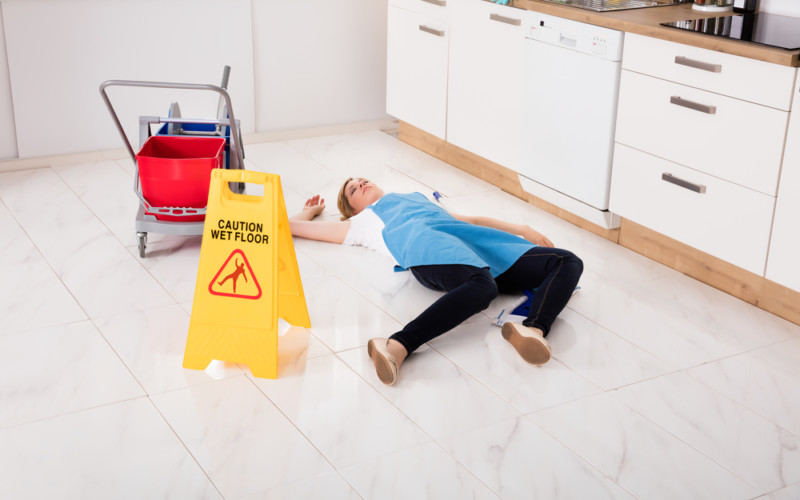Your kitchen is the backbone of your house. It is the place to sit with the family and reconnect, the place to have your quiet morning coffee or experiment with Grandma’s lemon cookie recipe. It should be a haven, but there are dangers lurking there, just below the smells of fresh baking apple pie. So, now you might be wondering what kind of dangers in the kitchen might have?
Well, we have gathered ten kitchen dangers you probably didn’t know about and how to avoid them. So, read on for spotting the dangers in the kitchen.
1. Germy everything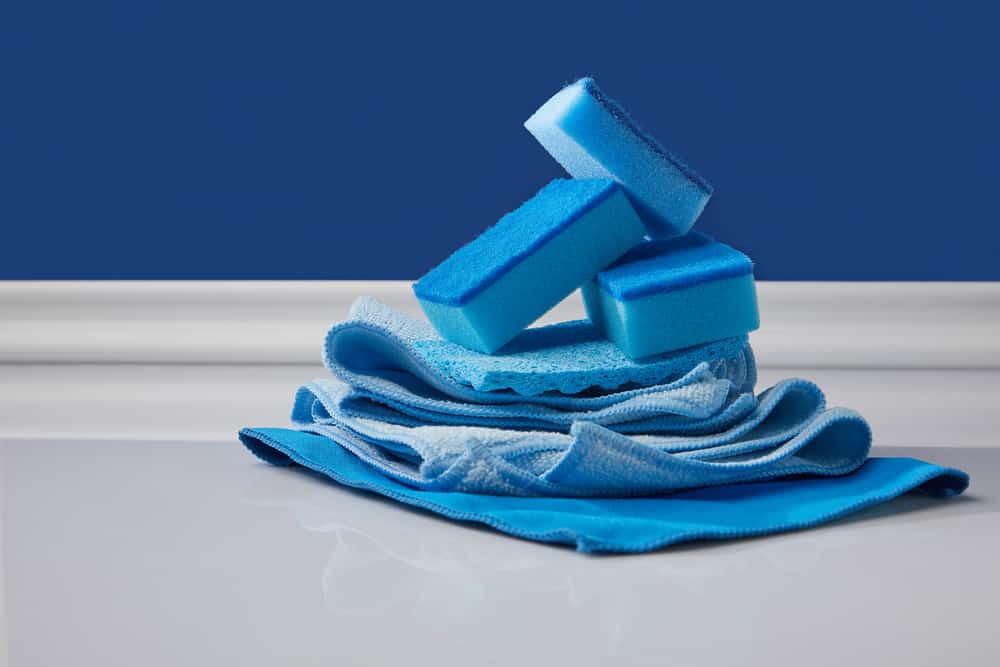
We get it. You’re an environmentalist who is saving trees, or you’re a struggling worker saving money; either way, you love your kitchen sponges. Sponges, however, are the germiest thing in your kitchen. Chances are, you use the same sponge to clean up after you cut poultry that you use to wash your dishes. Even worse, do you use the same dishtowel that you used to dry your hands to dry your dishes? If yes, then is it one of the kitchen danger you need to work on.
You need to replace your sponges and wash your towels, frequently to stop spreading germs. Germs also hide on counters and cutting boards and in sinks, so always have a bottle of disinfectant cleaner around to spray and wipe down surfaces routinely, ideally after every meal.
Sponges can be deodorized in the microwave by wetting them and heating them for around two minutes.
2. Plastic containers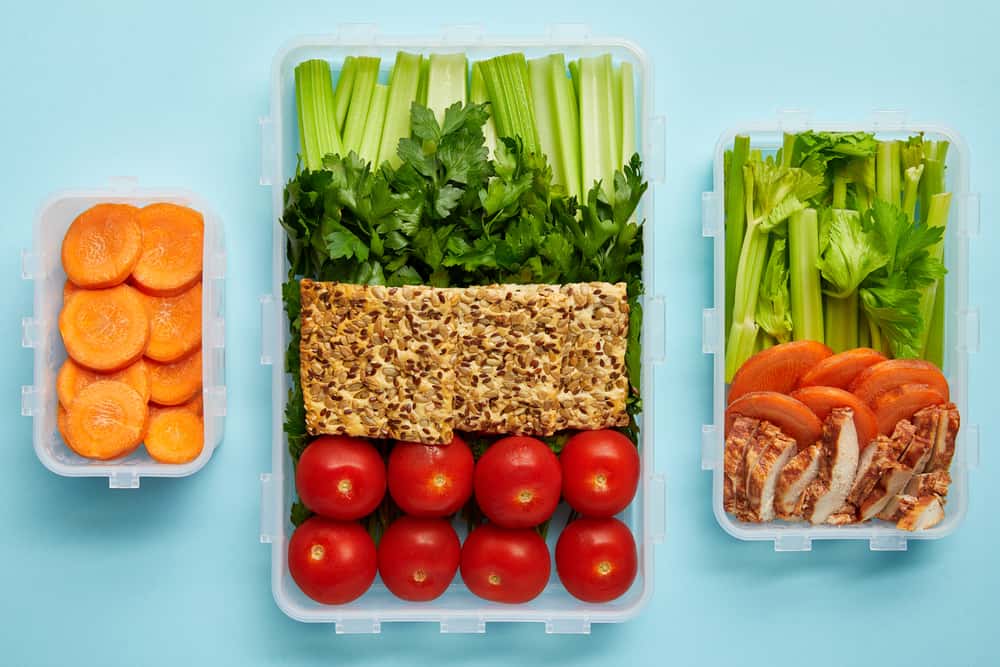
We love our plastic containers, from food storage to microwaving. As tempting as it is to save plastic butter containers or trays from takeout foods, these can be harmful. Many plastics contain BPA or other harmful chemicals. These containers were never intended to be heated up or reused multiple times and can even melt in the microwave. To avoid the kitchen dangers, make sure you use only plastic containers specifically designed to store foods or use in the microwave.
3. Exploding dishes as physical hazards in the kitchen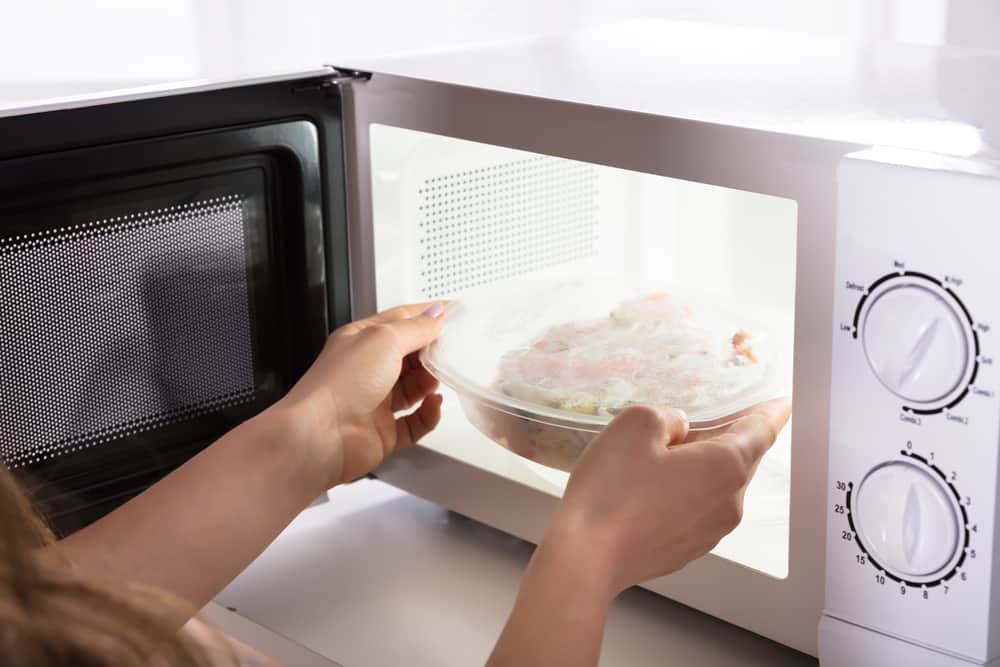
Glass baking dishes are excellent choices for all kinds of cooking needs, from microwave to oven. These dishes can shatter when exposed to extremes, however, so use caution when you are taking a glass dish out of the refrigerator to put in the microwave or oven, or when you are putting hot leftovers into the refrigerator. Always leave glass cookware out at room temperature until it has cooled down, or warmed up, enough to be safely placed in extreme temperatures.
4. Improperly cooked food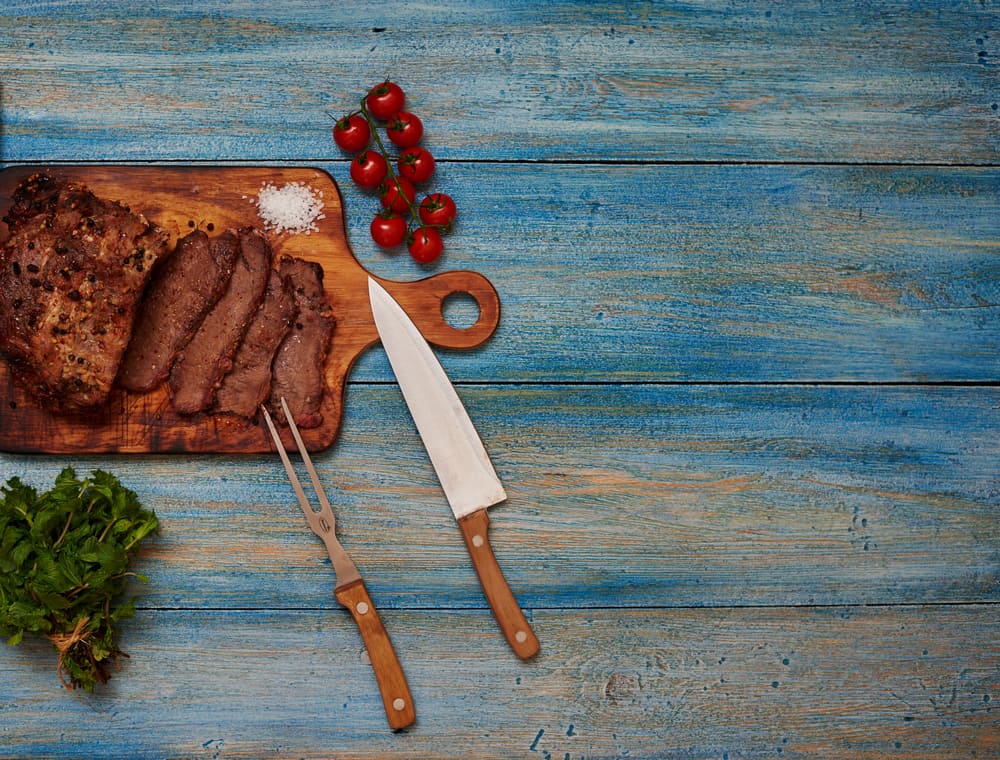
Food poisoning is a huge hazard in the kitchen and one that is easily avoided. Cook all meats thoroughly to the recommended temperatures. If you don’t have a meat thermometer, they are inexpensive and well worth the investment of a dollar or two.
5. Burns as kitchen dangers?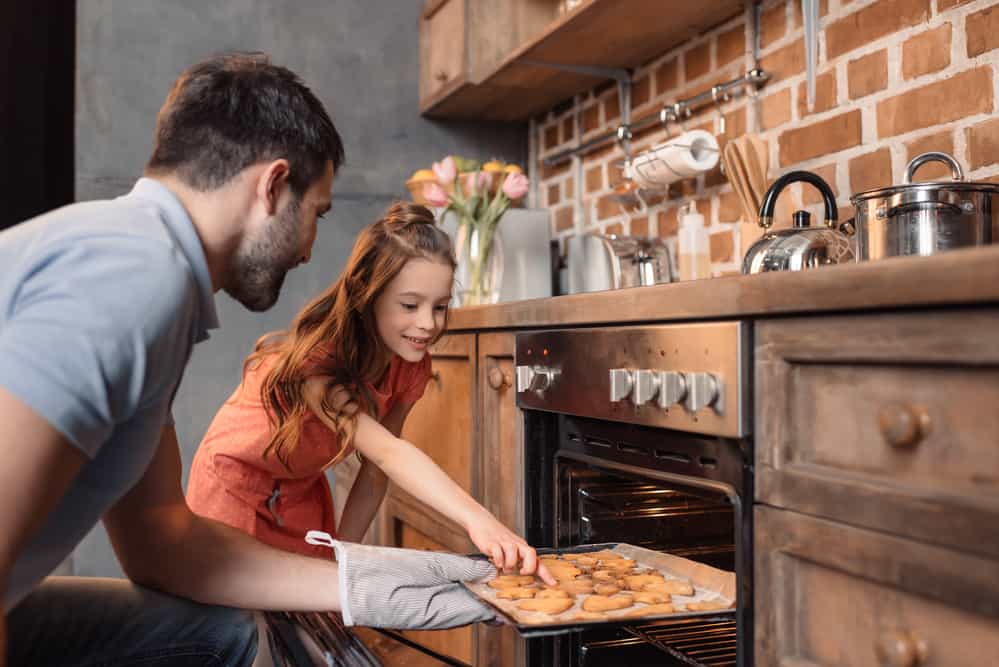
Burns hazards can come from many sources in the kitchen. If you have a gas stove, wearing loose sleeved clothing is a potential burn hazard, as is dripping grease or oil. If you use gas, never spray an aerosol while the flame is lit. These are obvious sources of kitchen burns, but there are a few more to consider.
Microwave food containers are covered with “hot” warnings because they are, well, hot when they come out of the microwave. Use potholders to remove containers from your microwave. Never stand directly over a microwave container when opening it, and always open them slowly because these containers trap a lot of very hot steam that can cause burns.
Try to avoid the “dishtowel oven mitt” shortcut when you are removing food from your oven. Dishtowels will drape down, potentially touching the heating elements of the oven and causing a fire. They are also not insulated the way an oven mitt is and can cause burns directly, through the towel, or indirectly by dropping a hot pan of food after you’ve been burned through the towel. The top tip of the ten kitchen dangers? You probably didn’t know that you should never use a wet towel to grab a hot pan of food; this can result in steam and thermal burns.
6. Treat your garbage disposal as kitchen danger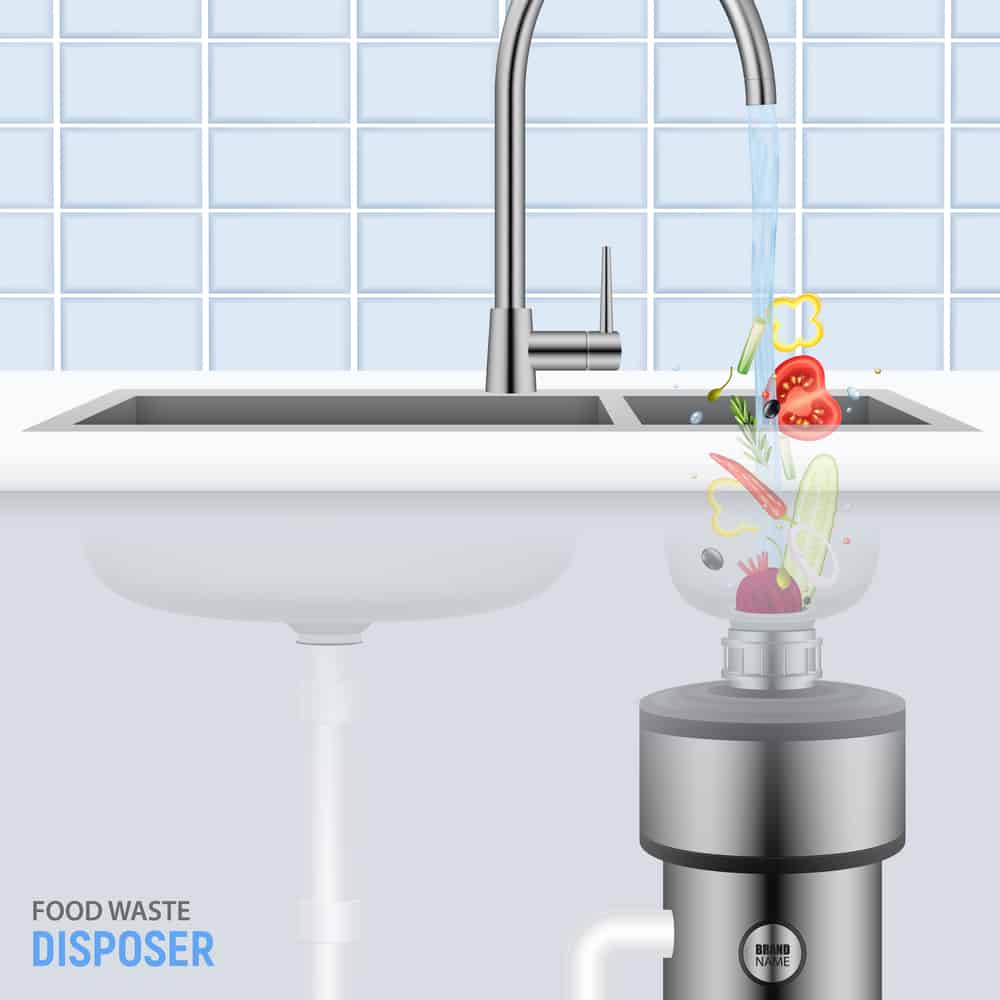
Whoever dreamed up a garbage can with rotating teeth is a genius. Garbage disposals make cleanup from cooking or eating meals a snap. Still, it’s important to remember that they are, in fact, garbage cans with rotating teeth.
Keep a plug on your garbage disposal whenever it’s not in use to keep things that don’t belong in it from sliding down the drain. Utensils and glass can be dangerous in disposal, especially if you don’t realize they are in there. Bones and other hard objects will not only break the disposal, but they can also splinter and send shards flying back out at the user.
If you wear jewelry, such as rings or bracelets, make it a practice to wear kitchen gloves when using the disposal or washing dishes, so your jewelry doesn’t slip off and go into the disposal. Never reach into the disposal to grab something that has slipped into it unless the disposal switch is off; you may even consider taking an extra minute to turn the power source off before reaching down. Also, beware of the things that should never be dumped down the drain.
7. Extension cord jumbles as kitchen hazards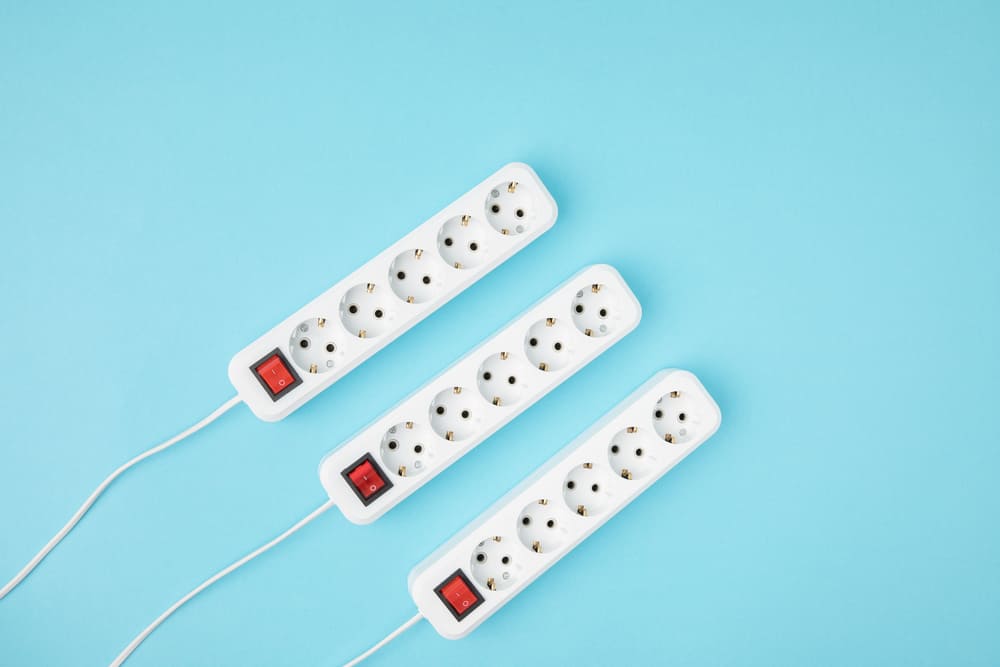
Everything in a modern kitchen uses electricity. Chances are, your house is older and doesn’t have as many electrical outlets as you need. Most homeowners run extension cords everywhere to make up for lack of outlets. In the kitchen, these extension cord jumbles are not only unsightly, but they may also be a kitchen danger.
Running extension cords with multiple outlets on them result in plugging everything in, all at once. If your kitchen doesn’t have enough outlets, chances are it wasn’t wired to handle too many plugged-in appliances, either. Run your extension cords through a power strip/surge protector to keep fuses from tripping and your circuits from overloading.
Be very careful to avoid placing extension cords near your sink to keep them dry. Check your cords to be sure they are intact and be sure your appliance plugs are firmly seated in the outlet.
8. Mold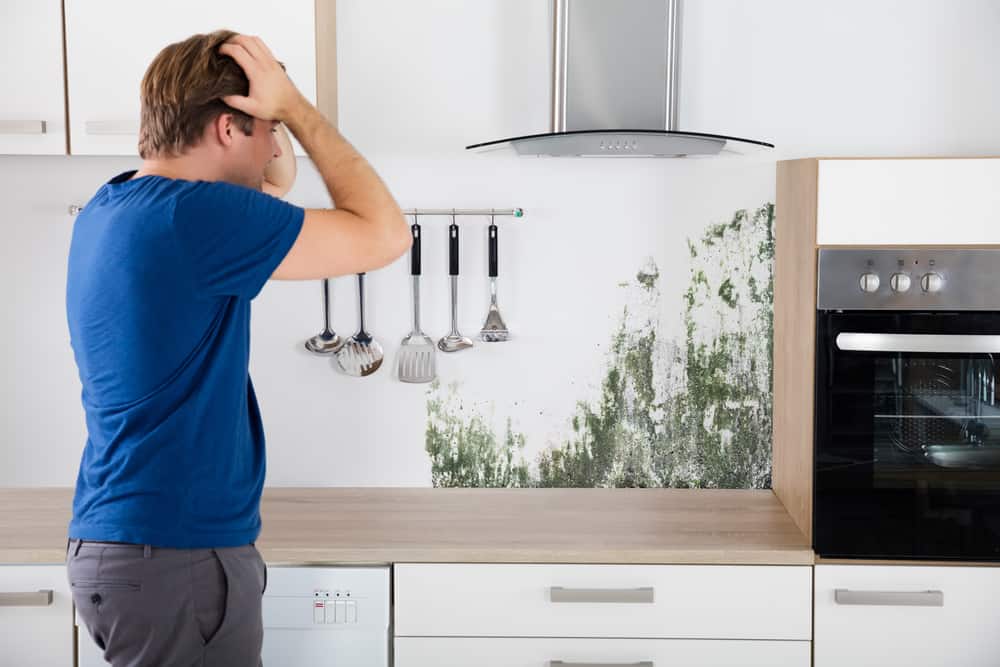
We, already aware of tips for a squeaky clean bathroom and next to the bathroom, the kitchen is the mecca for hidden mold. We are constantly sloshing water on the floors, in the sinks, and on nearly every surface of our kitchens. Water can creep into crevices in your counters, under the sink, or in between tiles on the floor. Molds thrive in damp, dark corners such as those found in our kitchens. Clean up spills at once, and regularly spray down kitchen surfaces with a cleaner containing bleach, such as Clorox Cleanup.
9. Knife storage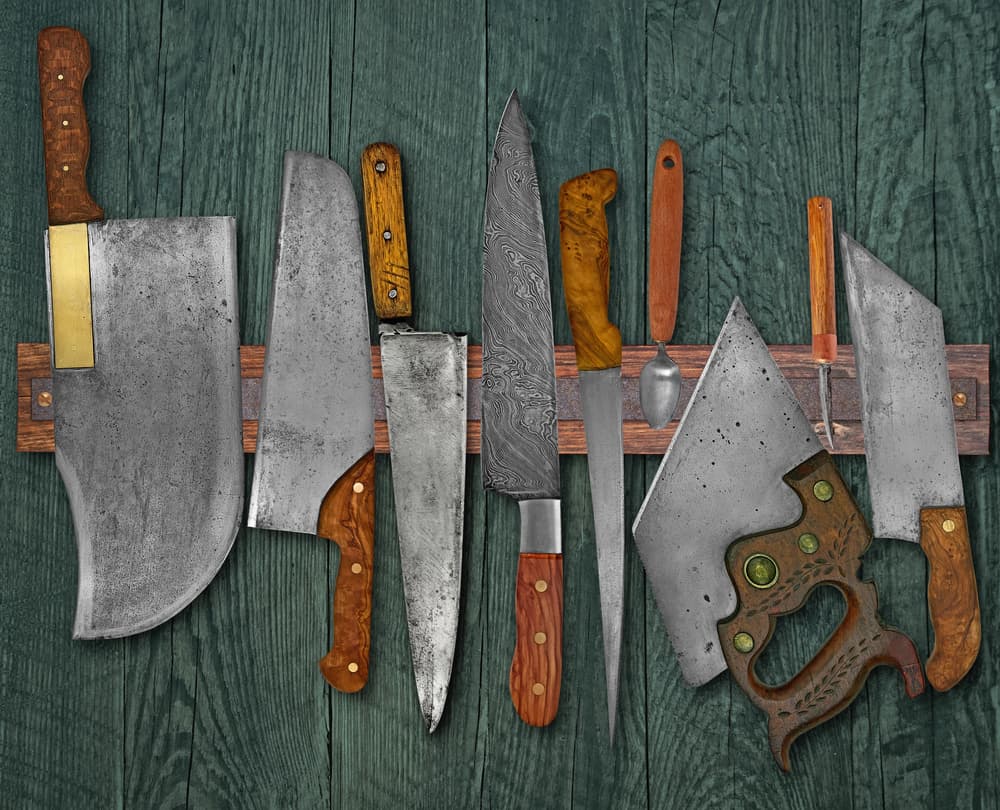
We all know that knives are sharp and that we can easily cut ourselves preparing meals with them. This is probably the number one hazard on most lists of ten kitchen dangers. You probably didn’t know, though, that many accidents can occur from the way your knives are stored. Placing them together into a kitchen drawer increases your odds of being accidentally stuck when retrieving knives. Sharp knives belong blade down in a knife rack on your counter.
When putting a sharp knife into the dishwasher, be careful to put it blade down. Forks also need to be placed in the dishwasher’s utensil rack prong side down to avoid accidental sticks.
10. Trip hazards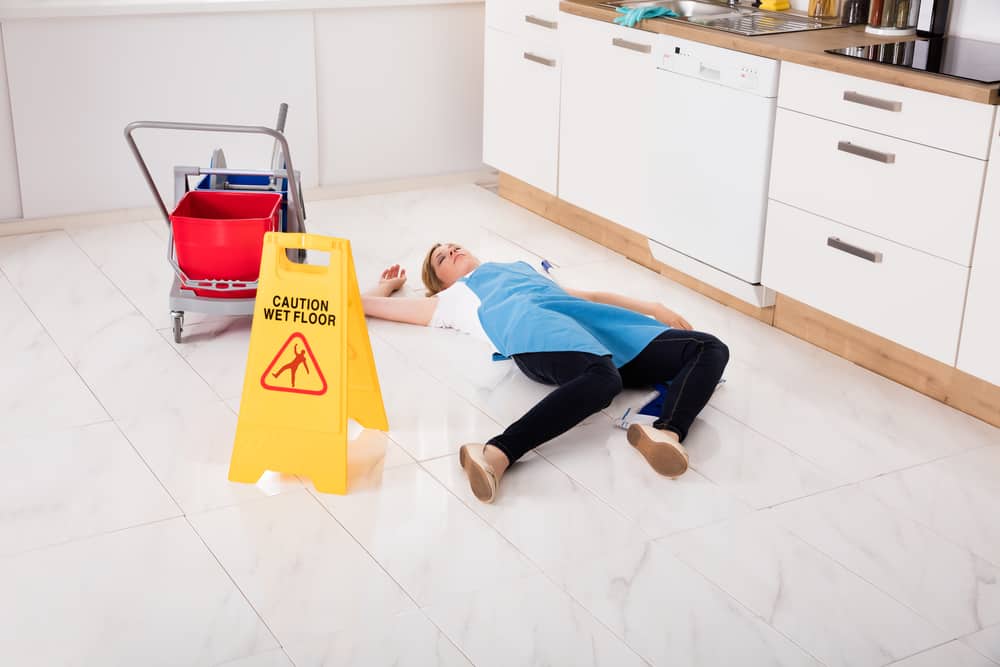
In the kitchen, we seldom think about tripping and falling. We generally have open floor space and room to walk between the sink, refrigerator, and stove. Tripping hazards in the kitchen, though, don’t necessarily all involve obstacles.
Our kitchen floors are usually made of tile or linoleum. Spills on these surfaces can quickly turn your floor into a skating rink. Clean up spilled water or even substances like flour as quickly as you can. Some things may dry into a gluey mess, like honey or syrup, which can be a potential sticking spot as you walk, resulting in a fall.
Scatter rugs are often sources of tripping, whether you slide on them or trip over them. Make sure your kitchen rugs are attached to the floor using carpet tape.
Pets are always underfoot in the kitchen as well. If you can’t move around these furry obstacles, you may need to lock them out of the kitchen until you are finished cooking. If a pet gets in the way, he runs a very high risk causing a serious fall, or of getting something hot spilled on him accidentally.
The kitchen can be a hazardous place, so be prepared with these ten kitchen dangers you probably didn’t know.

